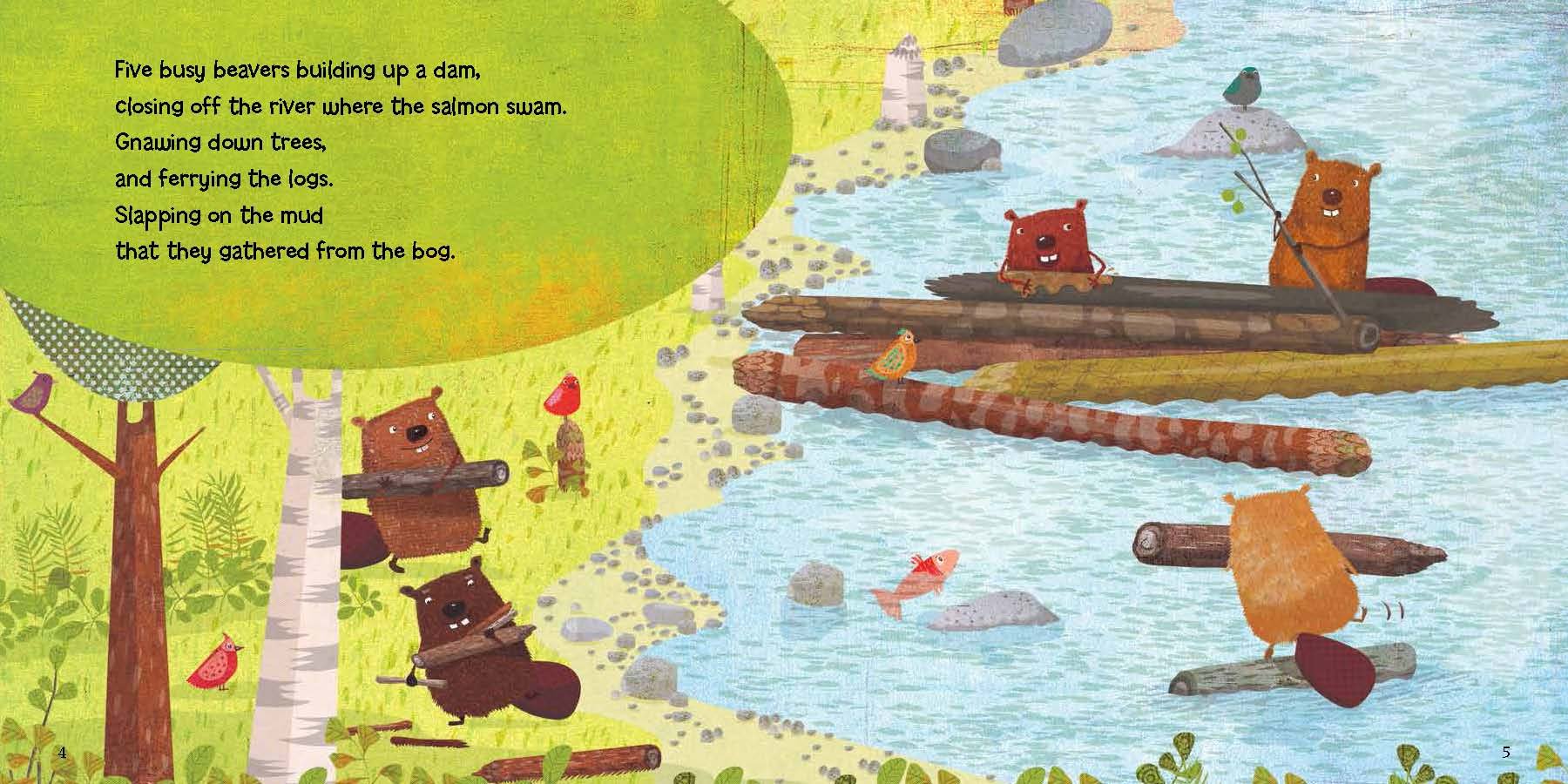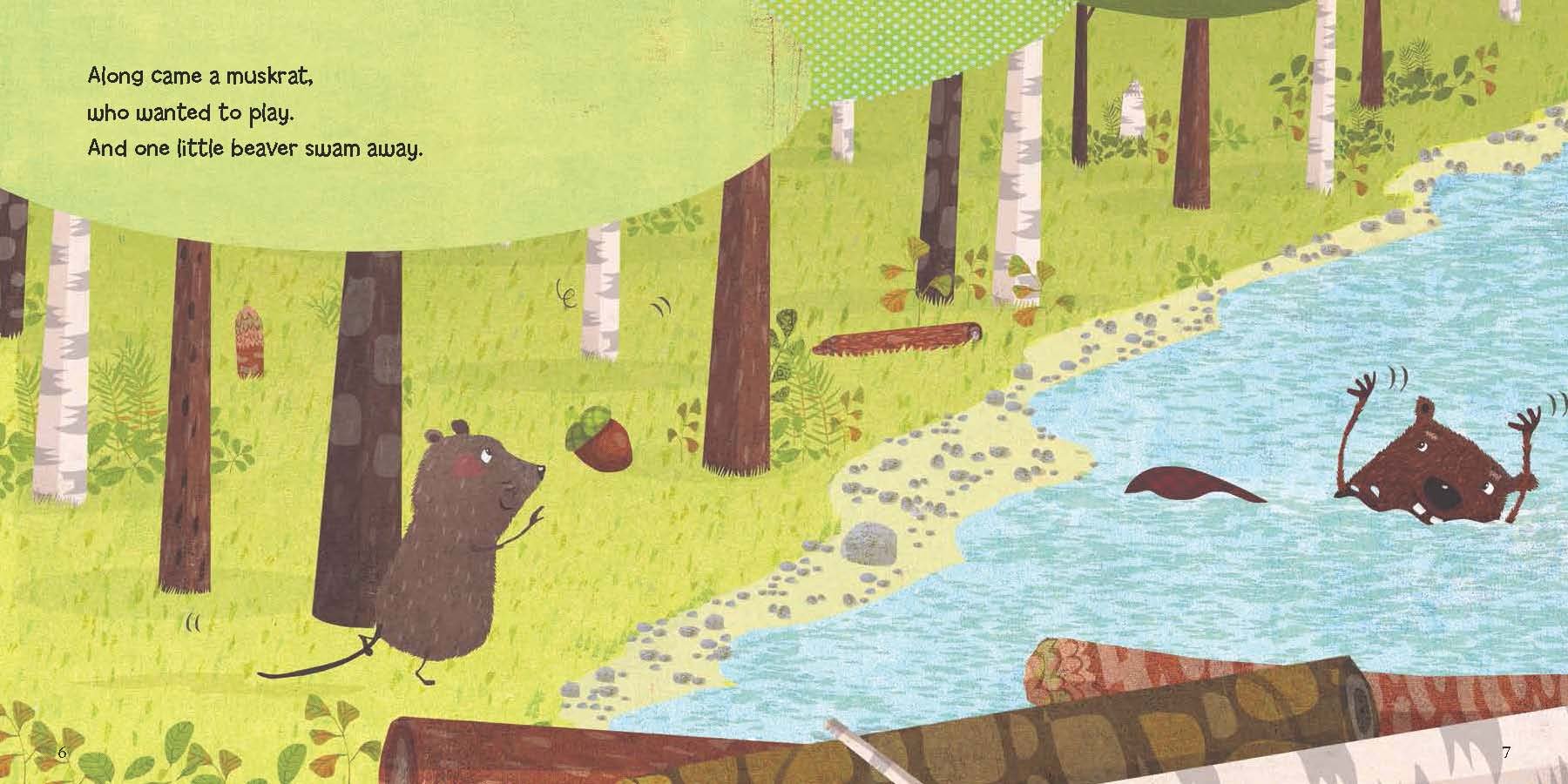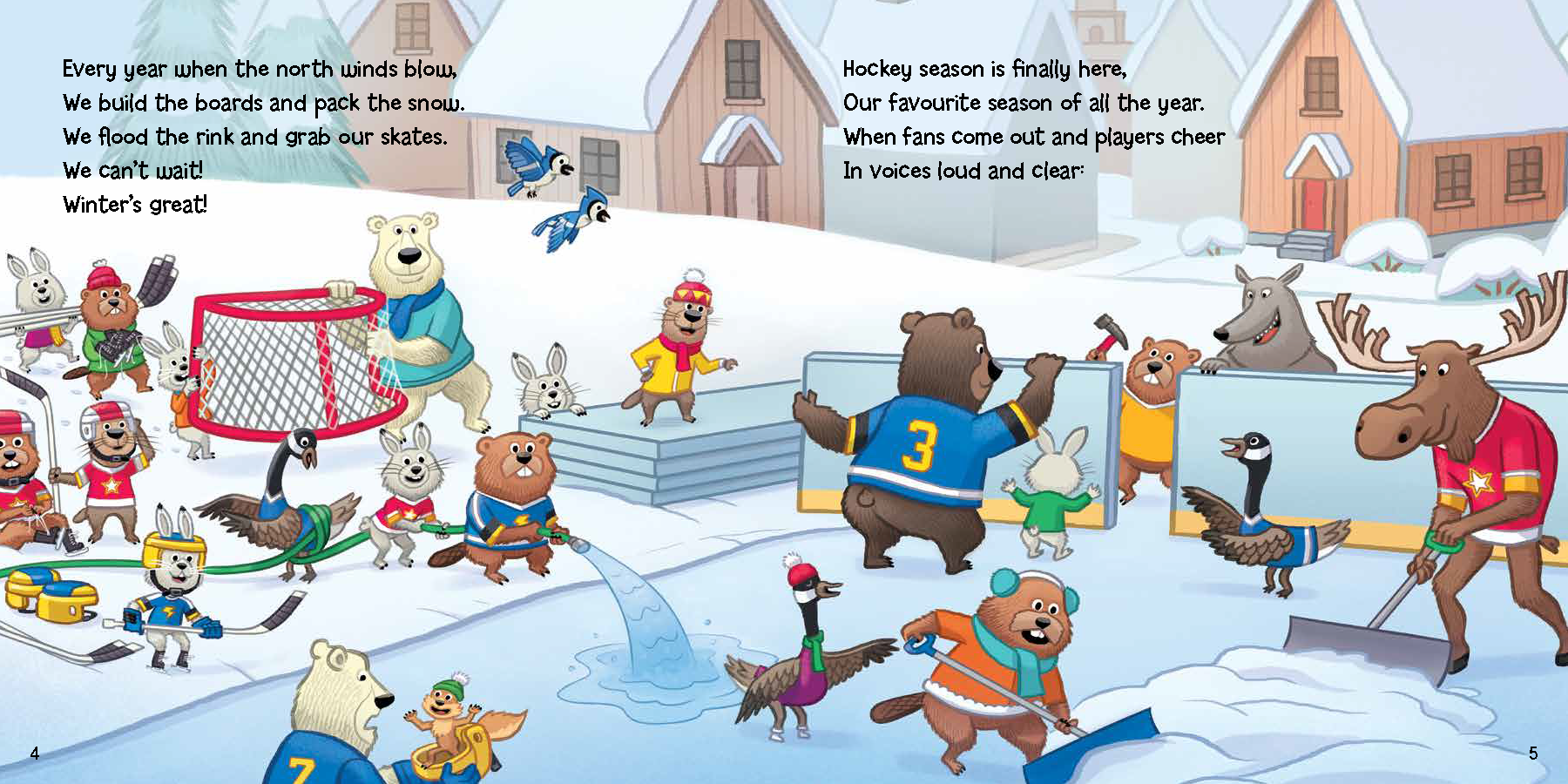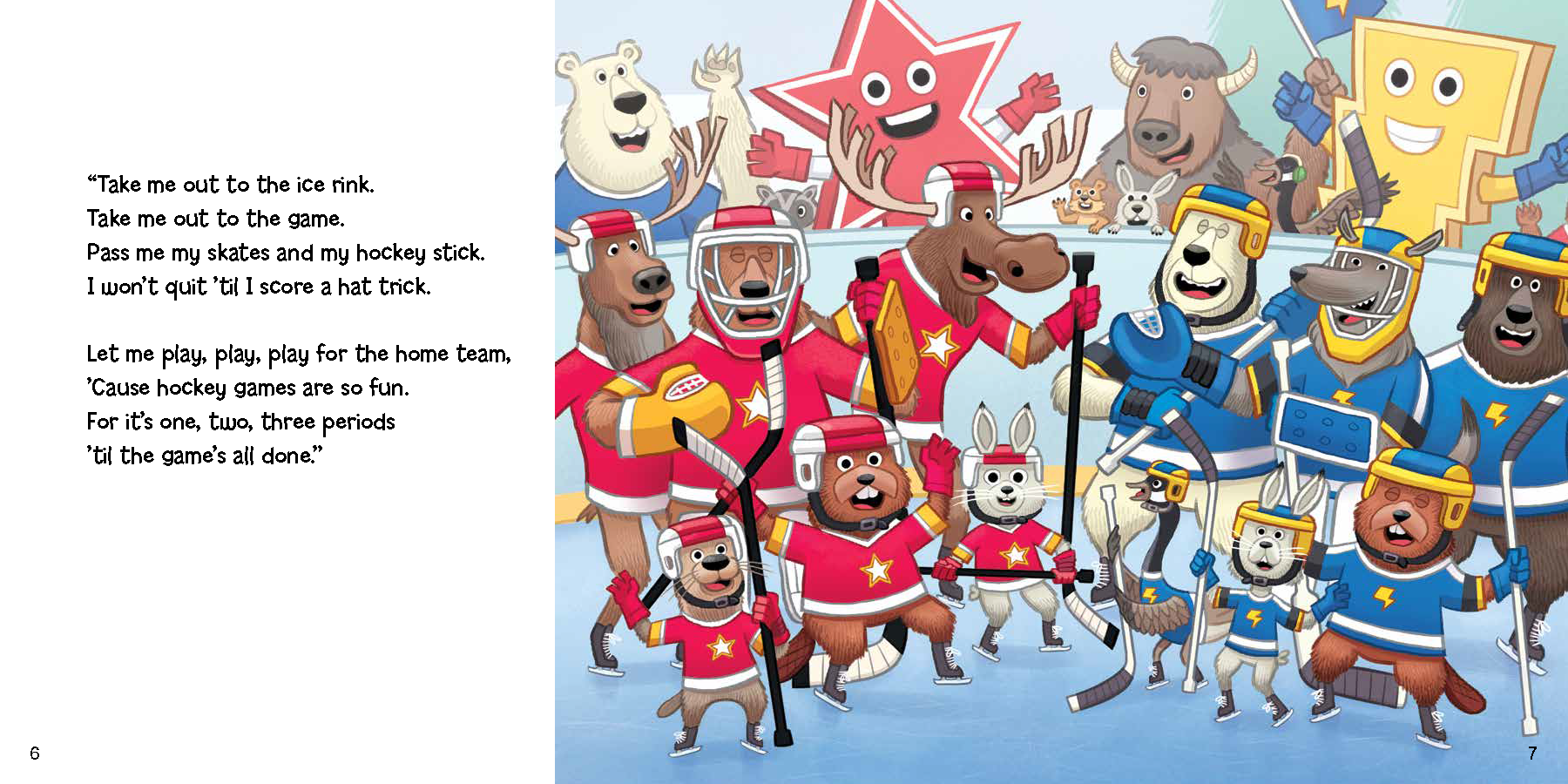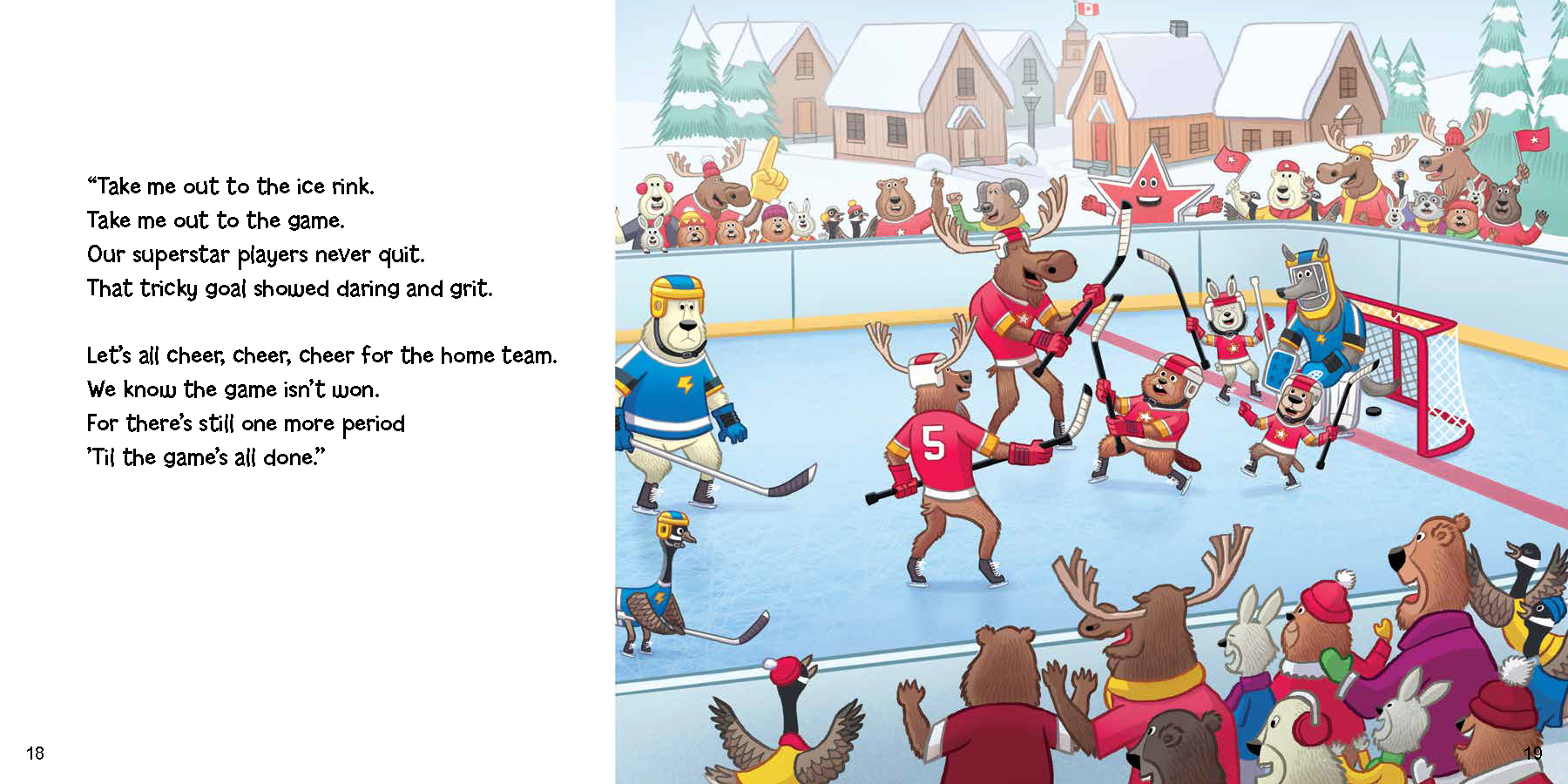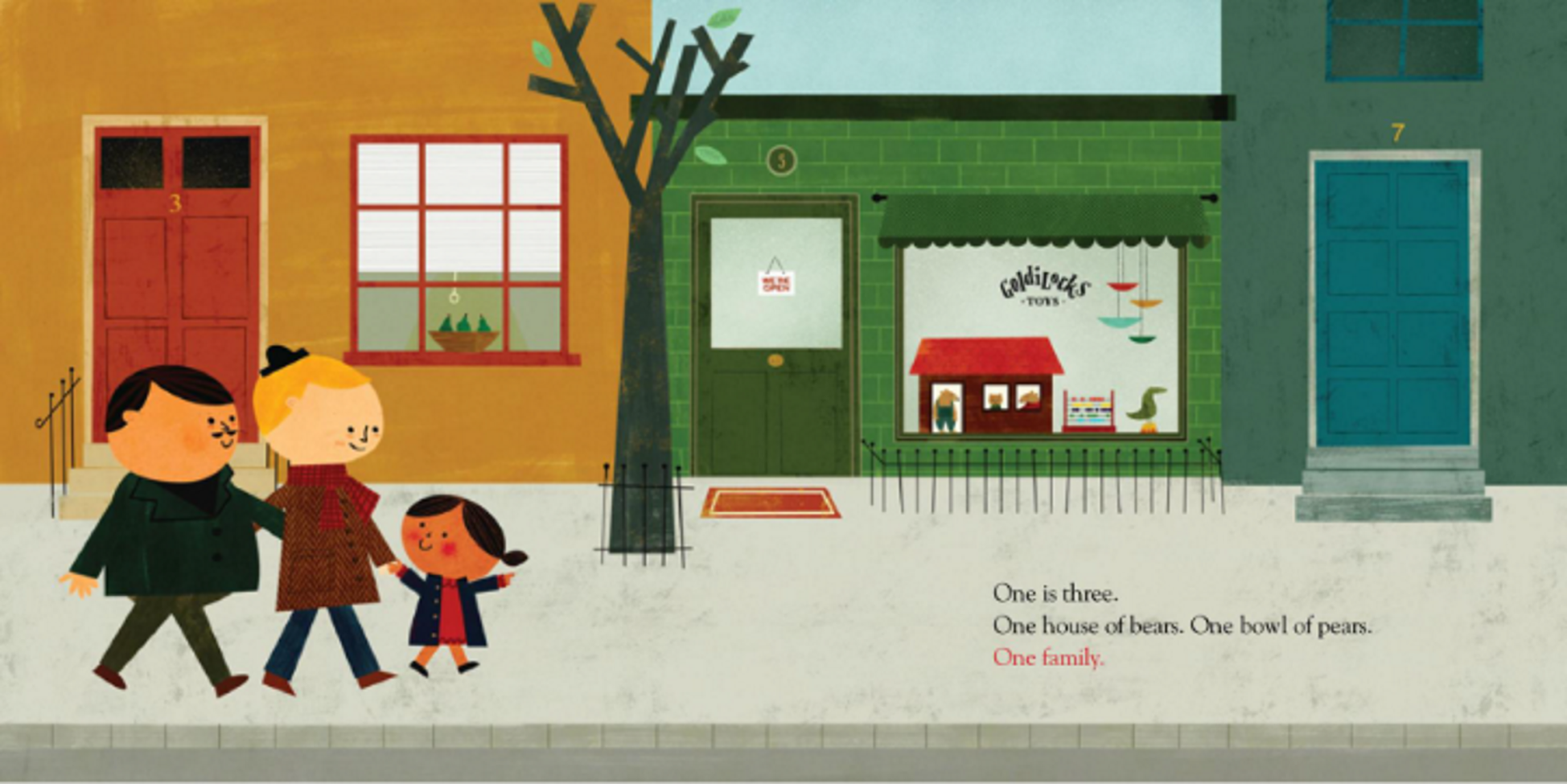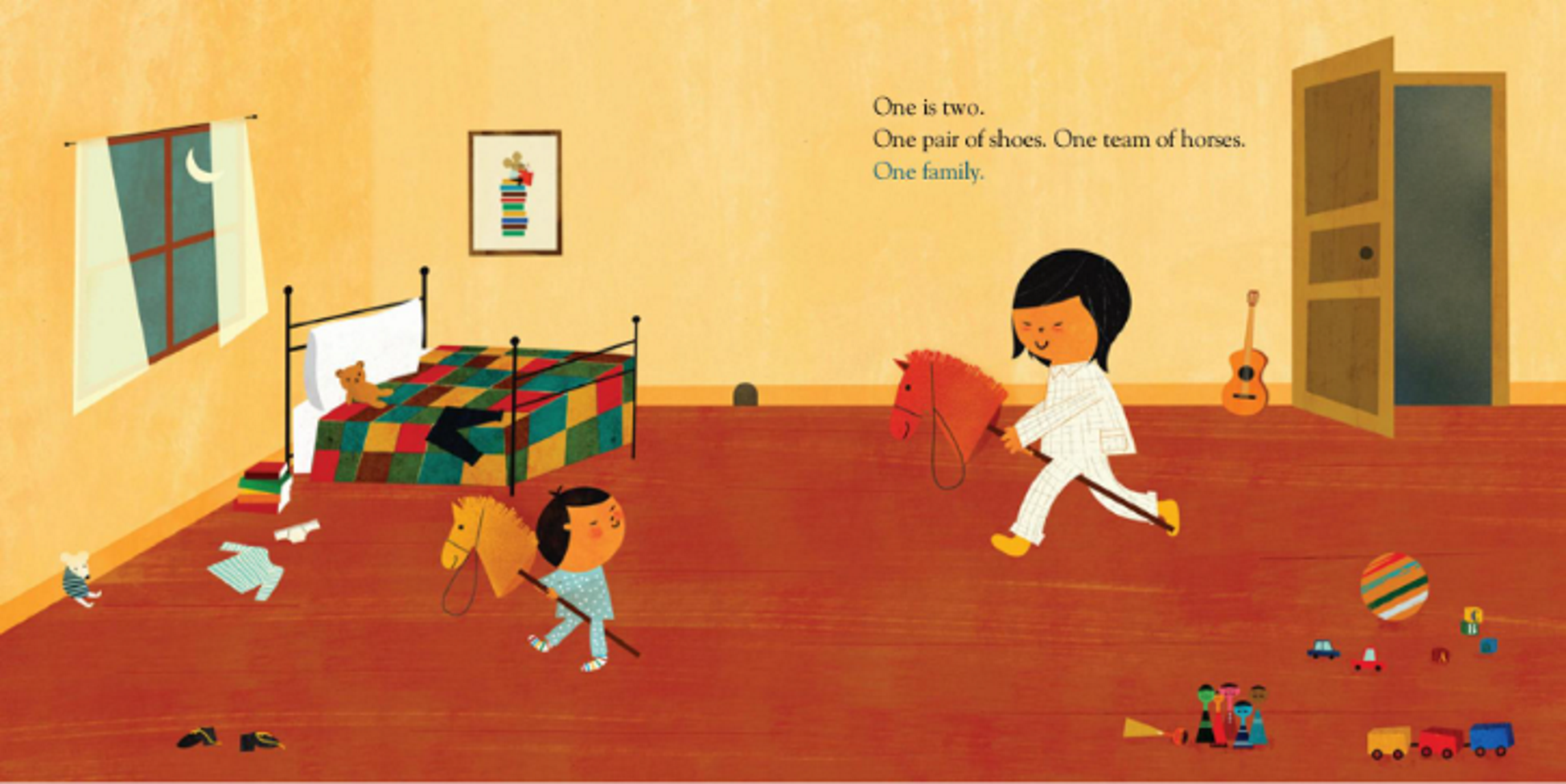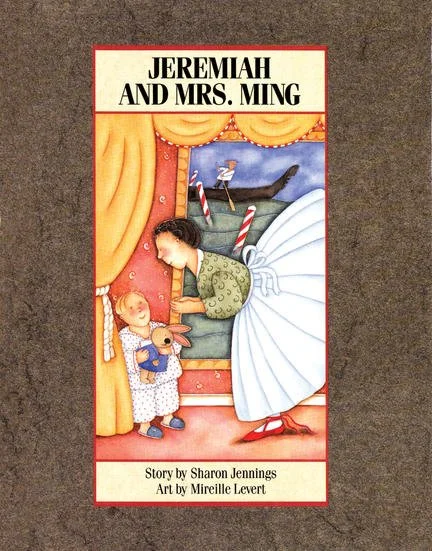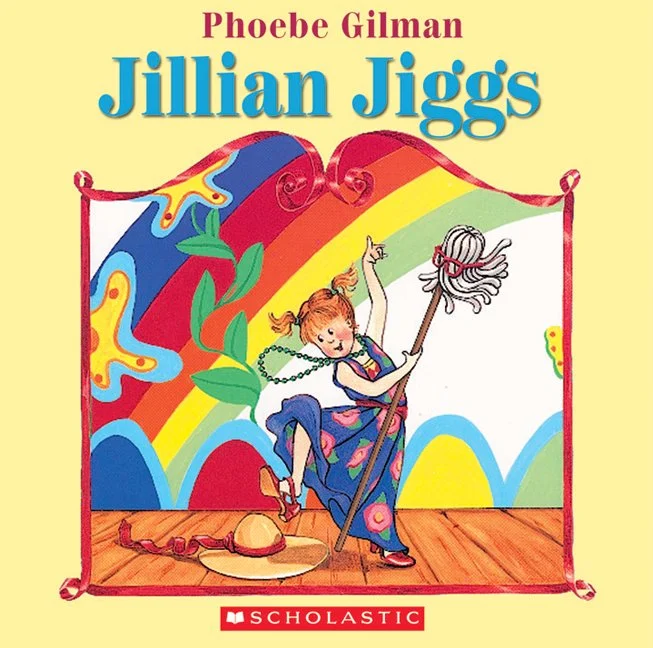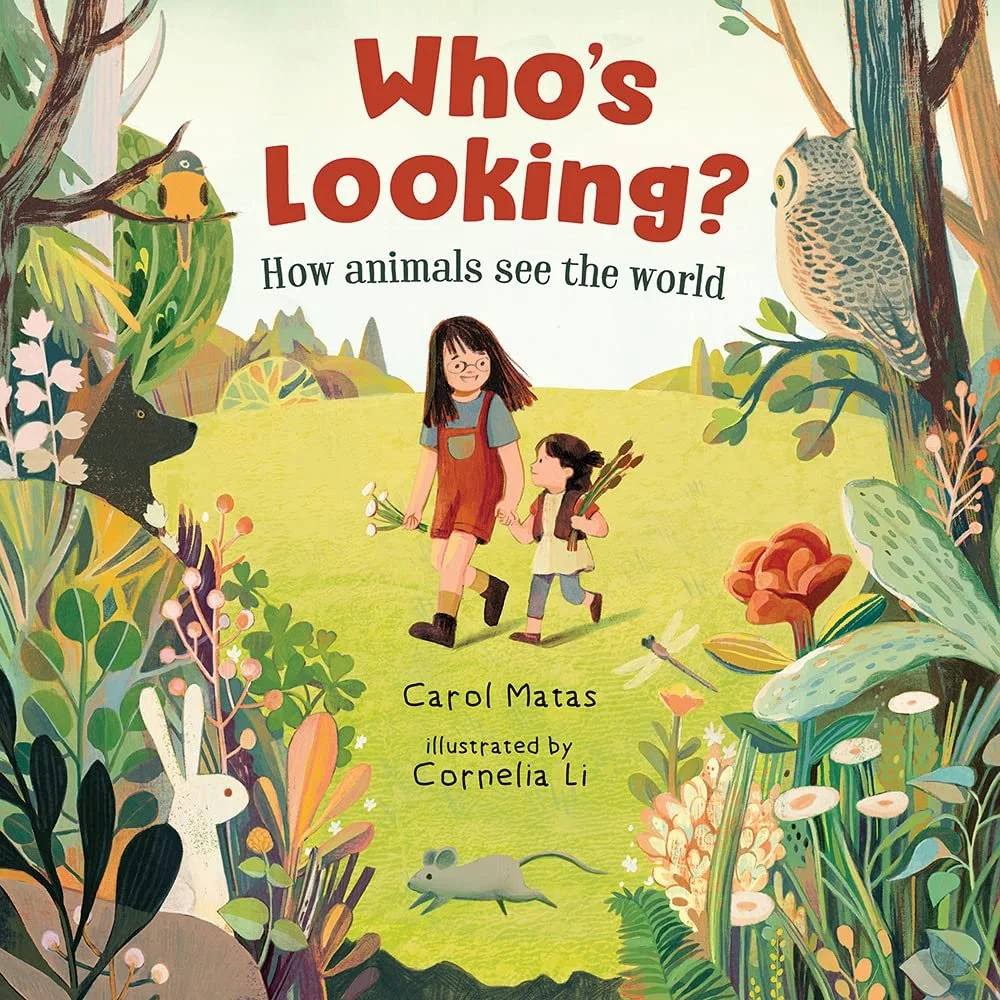Picture Books with Refrains with Stella Partheniou Grasso
We are so excited to have Stella Partheniou Grasso join us today to share information about Picture Books with Refrains!
Stella Partheniou Grasso has been working in the Canadian children’s publishing industry since 2003. She is the author of six picture books including Five Busy Beavers and Take Me Out to the Ice Rink, both published by Scholastic Canada Ltd. Her jokes have been featured in the bestselling Laugh Out Loud Canadian Jokes. Stella loves connecting with listeners to celebrate the themes of community spirit and teamwork found in her books. She is a member of Storytelling Toronto who enjoys sharing stories from Ancient Greek mythology, and folktales from Cyprus and the Mediterranean Basin. Stella is also a member of the Canadian Children’s Book Centre, CANSCAIP (Canadian Society of Children’s Authors, Illustrators and Performers). Feel free to visit her online at www.stellapartheniougrasso.com.
Come share a story with Stella Partheniou Grasso!
Writing a Story with a Refrain
What pops into your when you hear Not by the hair on our chinny-chin-chin?
Repeated phrases, or refrains, catch a listener’s ear. They can make a story memorable. One simple line like, “Not by the hair on our chinny-chin-chin,” evokes not just one scene in a story but a pattern in a storyline. Storytellers have known about the power of repeated phrases for millennia. Whether you’re writing poetry or prose, fiction or nonfiction, including a refrain is a great tool in your writing toolbox.
Refrains engage readers and listeners because we start anticipating when they’ll appear again. Young kids will often “read along” with the refrain. This comic by SpaceboyCantLOL plays on our impulse to repeat familiar refrains.
Refrains act as a touchpoint for the audience helping to set the stage for action, or, reinforcing a point in the story. What’s changed since we last heard the phrase? What’s stayed the same? Sometimes the meaning of the refrain changes even though the words stay the same.
Setting the stage for action
With Five Busy Beavers (illustrated by Christine Battuz), I wanted to celebrate the wetland ecosystem that beavers engineer and feature the animals that call the wetlands home. The story follows a colony of beavers who are damming up a river. They cut down logs, create channels to ferry the logs to the pond, use mud to secure the logs in place and then maintain the dam.
I knew I wanted a light and bouncy refrain to countdown from five beavers to one. I decided to use the refrain to introduce the wetland animals that depend on the beavers to create their habitat.
The bouncy, memorable refrain gives readers a bit of breathing space between the technical non-fiction action sequences, which are written in a more complex meter. The refrain introduces a wetland neighbor and interrupts the rhythm of the beavers’ work both in the narrative and in the rhyme scheme. Yet, despite the interruptions, the work still goes on.
The refrain in Five Busy Beavers, “Along came an [animal] who wanted to play,” prompts readers to anticipate an action, “And one little beaver [travelled] away.”
Recapping events/reinforcing a concept
Take Me Out to the Ice Rink (illustrated by Chris Jones) is is a hockey adaptation of the classic song “Take Me Out to the Ballgame,” which has a chorus that is so popular that the original verses are all but forgotten. The refrain comes in the first two lines of the chorus, “Take me out to the ice rink/Take me out to the game. . .”
The change in rhythm between the verses and the chorus serves as a natural break between the three periods of a hockey game. In my adaptation, I use it to give the audience an auditory signal that the point of view is changing from third person to first person. With a refrain written in the first person the reader is drawn into the story in a personal way each time it is repeated. The verses describe the action happening in the scene; the chorus reinforces the emotional investment by providing the characters’ reactions to those events, whether it’s the players getting ready to play the game or the spectators recapping the game play of the previous period and forecasting what might happen next. Chris Jones’s illustrations help guide the reader through the voice change.
Exploring meanings
George Shannon’s One Family, illustrated by Blanca Gómez explores the idea of family through a counting book with each spread ending in the refrain, “One family.”
The seemingly simple text coupled with the warm illustrations of different family configurations help readers redefine what it means to be a family in a very accessible way. Shannon and Gómez have found a way of exploring an abstract issue like diversity in a concrete way for young readers and listeners by the simple repetition of two words that are illustrated in a multitude of ways. Regardless of how the family is depicted on the page each family celebrates the love and the bonds of kinship.
Shannon, George, and Blanca Gómez. 2022. One family.
Writing stories with a refrain can be a lot of fun. Refrains help create a familiar structure to build your story around. Whether you use them to develop a pattern of action, reinforce a theme, or explore different facets of a single concept, they will definitely make your story memorable for readers and listeners alike.
Books that use a refrain to reinforce a concept
Never Let You Go by Patricia Storms is a family favourite with a reassuring message for children and grownups alike. The refrain of the caregiver’s reassuring promise provides security as the young penguin takes risks and explores the world around them. As a parent I appreciate the reminder that even though it can be hard to do, sometimes we need to let go of our little ones. But it’s ok because they’ll also never let go of us either.
In Yuvi’s Candy Tree by Lesley Simpson, illustrated by Janice Lee Porter, the grandmother’s refrain provides hope as a refugee family embarks on a difficult and dangerous journey from Ethiopia to Israel. It serves to remind them of the rewards waiting for them if they can just endure their current hardship. Yuvi doesn’t fully understand what her grandmother means when she first says it, but, as the journey continues and Yuvi faces one adversity after another, her grandmother’s words soon begin to make sense and provide comfort.
In a world of instant gratification waiting can be one of the hardest skills we need to learn. The refrain in While We Wait by Judy Ann Sadler, illustrated by Élodie Duhameau captures that restlessness. As the grandmother patiently uses the waiting time constructively the young boy’s impatience keeps him from living in the moment and enjoying the time he’s sharing with her. Only after the waiting is over does he realize that there was a purpose to what he and his grandmother were doing.
Books that use a refrain to anticipate an action
The refrain in Jeremiah and Mrs. Ming by Sharon Jennings, illustrated by Mirelle Levert, is a common scenario in any family’s bedtime routine as Jeremiah makes one excuse after another about why he can’t go to sleep. Pretty soon readers brace themselves for giggles when they hear Jeremiah tells Mrs. Ming that he can’t fall asleep as they wait to hear the outlandish reason that he’s still awake.
Many of Robert Munsch’s stories make great readalouds because they started out as oral stories that he then adapted for print books. Alligator Baby, illustrated by Michael Martchenko is no exception. Repetition plays a key role in the story as Kristen’s expectant parents accidentally go to the zoo instead of the hospital and come home with the wrong baby. Kids love “reading along” with the refrain using the illustrations as prompts. It’s a great blend of text and art to help readers anticipate what’s coming next.
Baby Goes to Market by Atinuke, illustrated by Angela Brooksbank also uses a refrain to set the stage for adorable antics. This time the setting is a vibrant outdoor market where baby charms the vendors and receives delicious treats to eat. This is a beautiful example of combining a familiar refrain with a new twist each time to explore similarities and differences from one scene to the next.
Jillian Jiggs by Phoebe Gilman is another family favourite. My mom and kids still quote the refrain 20 years later. The refrain has a lot going for it, the rhythm, the rhyme, the emotion. Parents and kids each act out their roles in the refrain with the parent exasperated by the mess and the kids promising to clean up later. The refrain reins in the kids’ silliness and gives the reader a breather before ramping up to even more imaginative adventures in the next verses.
Nonfiction books that use a refrain
Refrains can also help provide structure to nonfiction texts. Carol Matas uses a refrain as an organizing structure in Who’s Looking? How Animals See the World, illustrated by Cornelia Li. The refrain sets the stage for exploring the world through the eyes of a different animal. Li’s illustrations do a great job of contrasting our way of looking at the world with the way animals perceive it while Matas’s refrain invites the reader to put themselves in the animal’s place and see the world in a different way.
In We Are Still Here!: Native American Truths Everyone Should Know by Traci Sorell, illustrated by Frané Lessac the author shares the story of the complicated relationship between Indigenous people and the settlers who have colonized North America. She tempers a fairly dense history with a one-sentence refrain that changes the entire mood of the book from one of oppression, systemic racism and genocide to one of resilience, pride and hopefulness for the future. It makes sense that the author chose that one sentence to be the title of the book because that one sentence embodies how people reclaim their history, celebrate their strengths and continue to keep their traditions alive.



